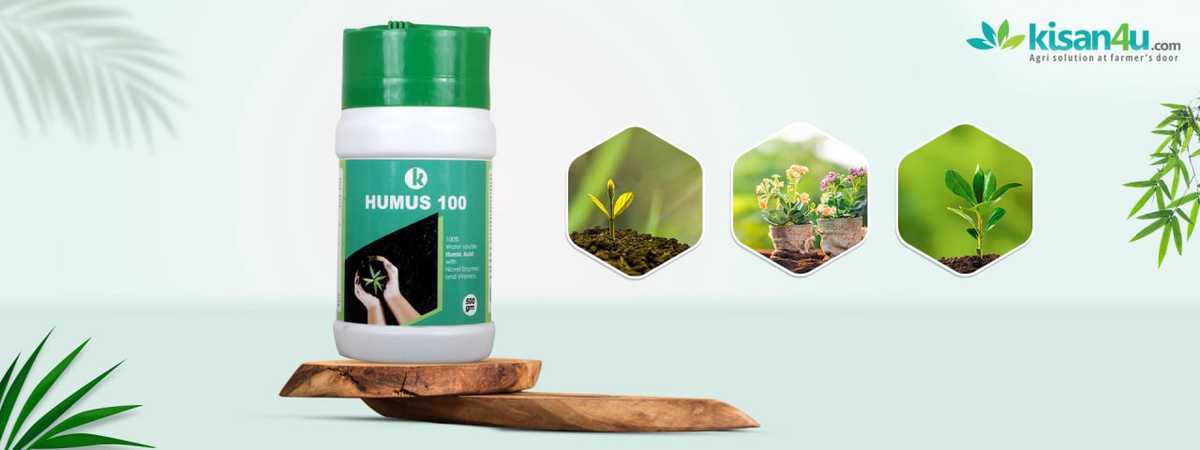If you haven't used a plant growth regulator in a while, it could be worthwhile to consider their advantages once more as well as the factors involved in creating a successful PGR strategy.
What are Plant Growth Regulators?
Plant growth regulators are chemical or biological substances that influence and favourably affect a plant's development and growth. They are frequently used in various plants to reduce the length of the internodes and produce a smaller, denser plant.
Why Utilise Them?
Plant growth regulators (PGRs) offer several benefits for increasing crop production and improving agricultural practices. Here are some key benefits of using PGRs in crop cultivation.
Enhanced Plant Growth
PGRs can stimulate and regulate various physiological processes in plants, leading to increased growth and development. They promote cell division, elongation, and differentiation, resulting in improved overall plant growth and development.
Increased Yield
PGRs can positively influence reproductive processes in plants, such as flowering, fruit set, and seed development. By applying PGRs at the appropriate stages, farmers can enhance crop yield by improving pollination, fruit retention, and seed formation.
Improved Stress Tolerance
PGRs can help plants withstand and recover from various environmental stresses, including drought, heat, cold, salinity, and disease. They enhance the plant's ability to tolerate adverse conditions by regulating stress-responsive genes, promoting root growth, and maintaining hormonal balance.
Uniform Crop Maturity
PGRs can synchronise the maturity of crops, ensuring uniformity in harvest timing. This can be advantageous for mechanised harvesting, reducing losses and maximising efficiency during the harvest season.
Regulation of Plant Height
PGRs can control excessive stem elongation and prevent lodging (falling over) in tall-growing crops. By reducing plant height, PGRs make the plant more compact and sturdier, improving resistance to lodging and facilitating easier crop management.
Enhanced Nutrient Uptake
PGRs can improve nutrient uptake efficiency in plants, leading to better utilisation of fertilisers. They stimulate root development, increase nutrient absorption, and enhance nutrient translocation within the plant, resulting in improved nutrient use efficiency.
Increased Fruit Quality
PGRs can improve the quality attributes of harvested produce. They can enhance colour development, improve fruit firmness, increase sugar content, delay fruit ripening, and reduce post-harvest losses, thus ensuring better marketability and consumer satisfaction.
It's important to note that the successful and safe use of Plant Growth Regulators requires proper knowledge, adherence to recommended dosages and application timings, and consideration of crop-specific factors. Consultation with agricultural experts and following regulatory guidelines is crucial when utilising PGRs in crop production.


No comments yet